Pillar Eighteen
Artwork by A. Manivelu
Top

NORTH FACE:
Ashoka TreeThe ashoka tree, Saraca indica, is also called the sorrowless tree. “Not causing sorrow.” It belongs to the leguminous class with magnificent red flowers.
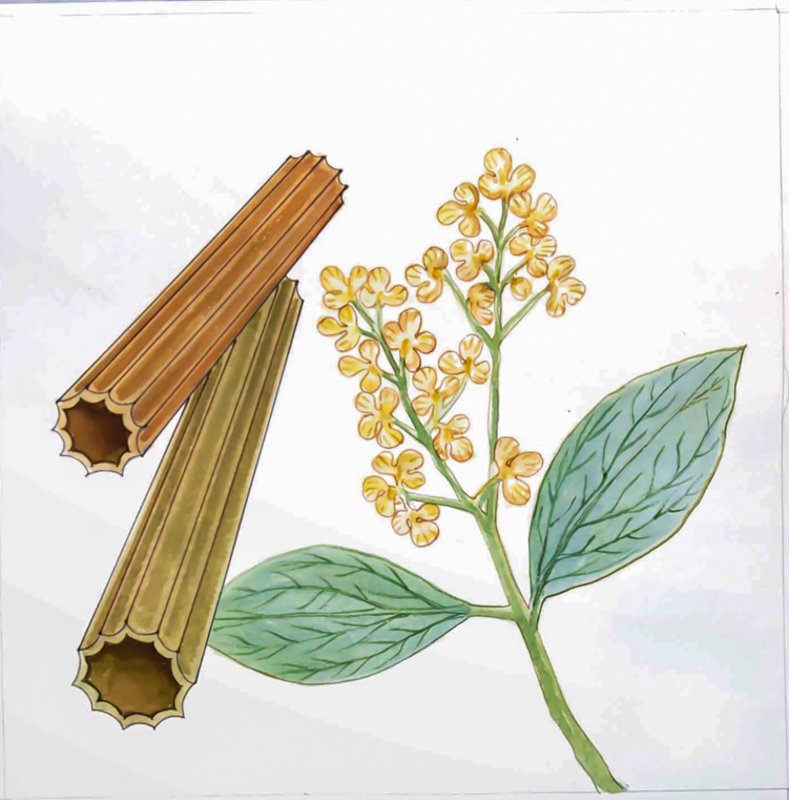
EAST FACE:
CinnamonCinnamon is shown here as a plant and also as the inner bark which is harvested. A major spice in Indian cooking.
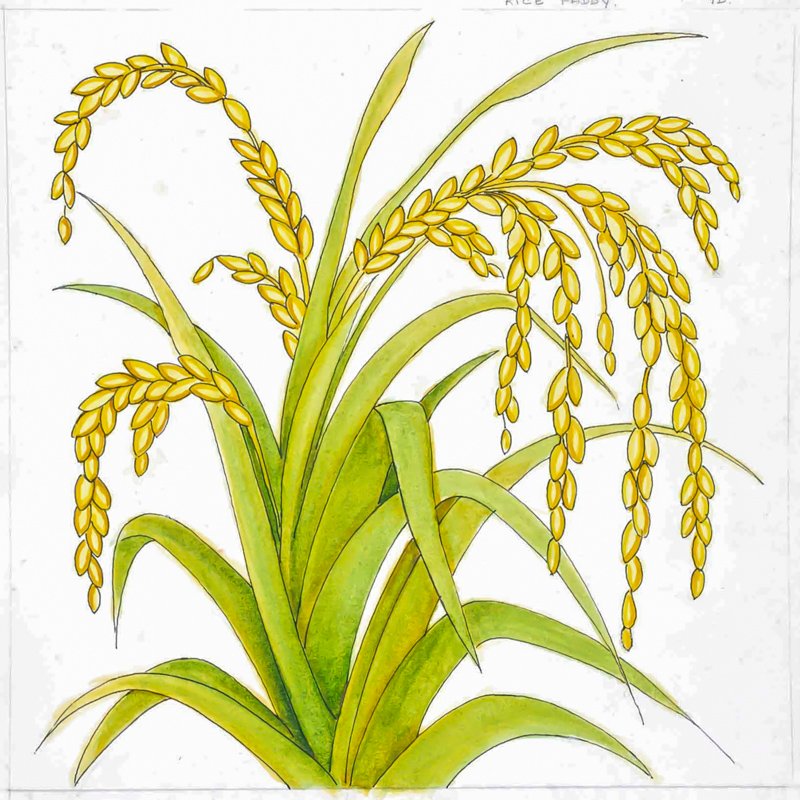
SOUTH FACE:
Rice GrainsRice grains are shown on a plant, their stalks bending with the weight of an abundant yield.

WEST FACE:
Monk's Water PotA kamandalu, “vessel, water jar,” is a traditionally earthen, wooden or sometimes metal vessel carried by a sannyasin. It symbolizes the renunciate’s simple, self-contained life. The tree from which kamandalus are traditionally made is the kamandalutaru.
1 of 4
Middle

NORTH FACE:
Subtle BodyThe subtle body, Vijnanamaya kosha. This is the most refined sheath of the astral, or subtle, body (sukshma sarira). It is the sheath of higher thought and cognition. Here a woman’s subtle body leaves her physical during sleep and high states of mind.
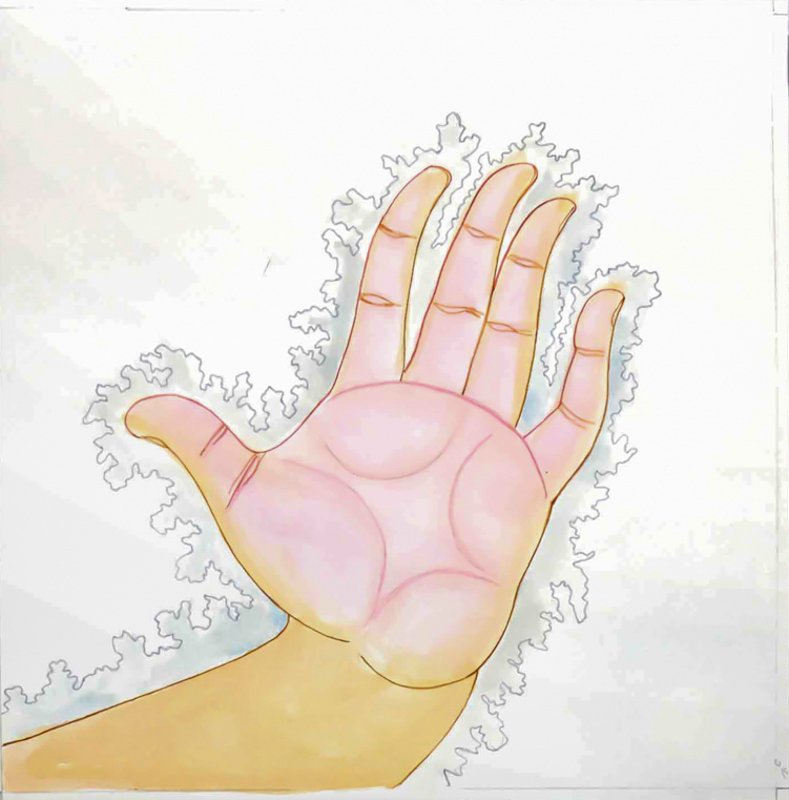
EAST FACE:
Pranic BodyThe pranic body is the subtle, life-giving sheath called pranamaya kosha.
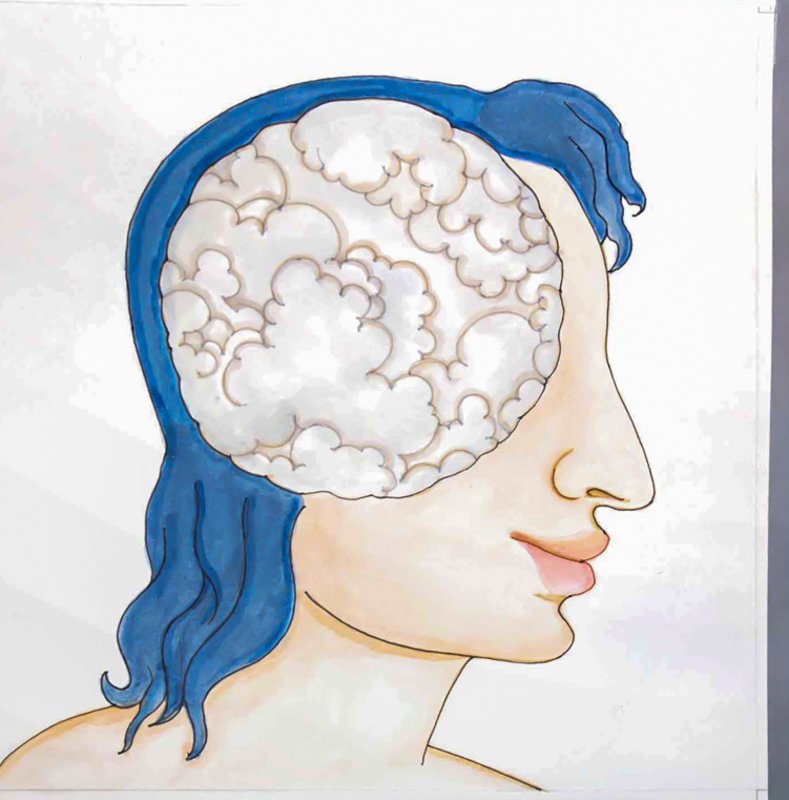
SOUTH FACE:
Mental BodyThe mental body is the higher-mind layer of the subtle or astral body in which the soul functions in the Maharloka of the Antarloka or subtle plane. In Sanskrit, the mental body is vijnanamaya kosha, “sheath of cognition.”
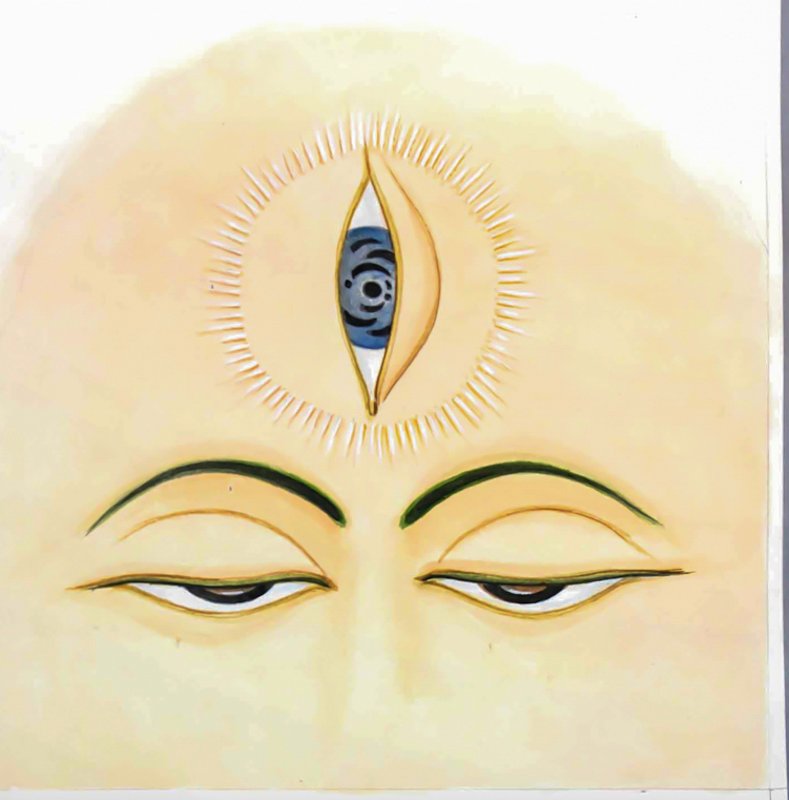
WEST FACE:
Cognitive BodyThe cognitive body, vijnanamaya kosha, is the most refined sheath of the astral, or subtle, body (sukshma sharira). It is the sheath of higher thought and cognition. It ‘is represented here as the consciousness of the awakened third eye.
1 of 4
Bottom
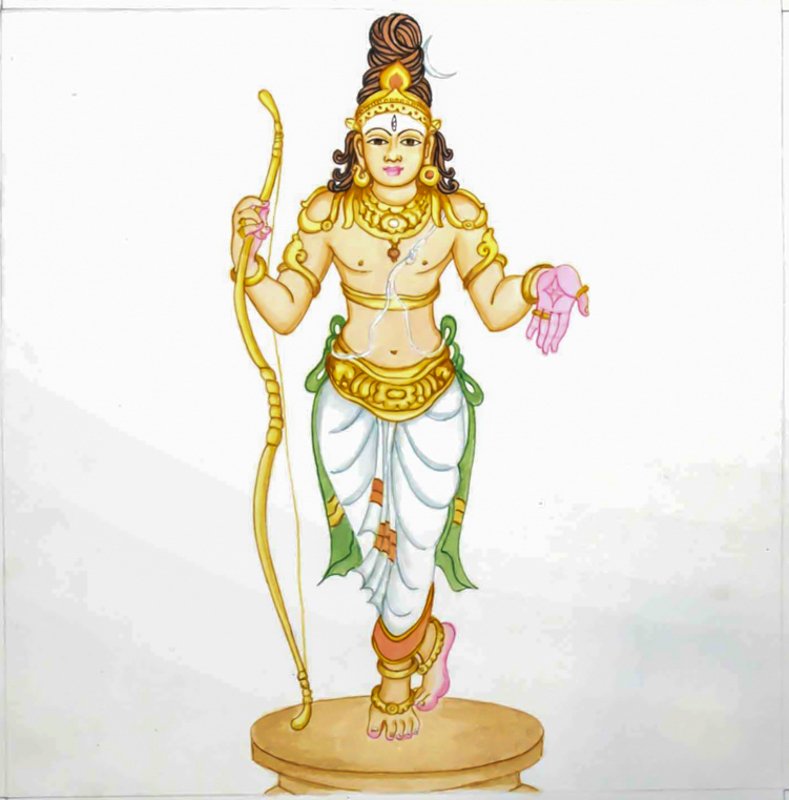
NORTH FACE:
Siva KankalaKankala is a traditional form of God Siva.

EAST FACE:
Lotus and Nerve CurrentsLotus and nerve currents. This is Shum script for nifmasi, liunasi. It is a meditation in Gurudeva’s language of meditation and one of the 12 meditations he asked us to carve on the pillars. This is the December meditation. Nifmasi is the traditional hatha yoga posture called lotus or padmasana, with the legs crossed and the spine straight, hands resting in the lap, palms up. Liunasi is feeling the life force flowing through the nerves of the entire body.
1 of 2
